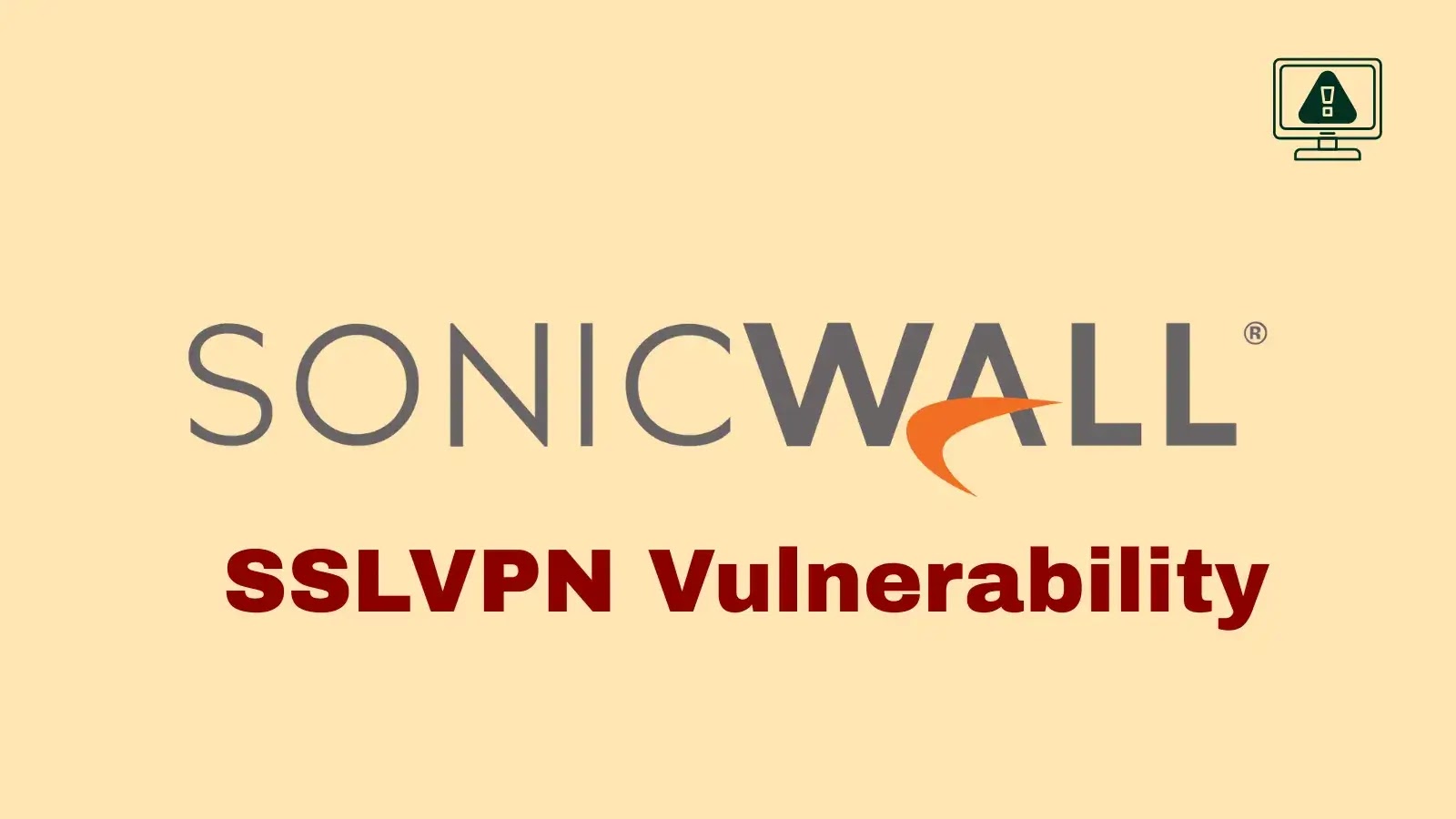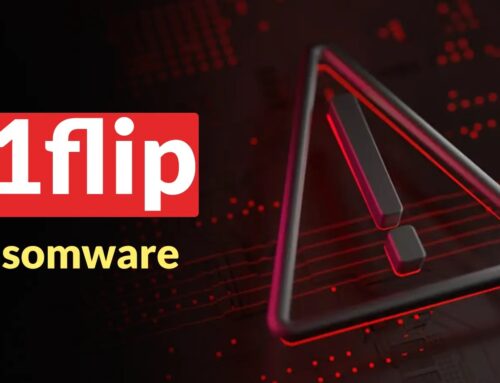
SonicOS SSLVPN Vulnerability Let Attackers Crash the Firewall Remotely
Organizations worldwide rely on robust network security to protect their digital assets. When critical infrastructure like firewalls become vulnerable, the potential for disruption is severe. Recently, a significant vulnerability in SonicWall’s SonicOS SSLVPN service surfaced, posing a direct threat to the availability and integrity of protected networks. This post details the flaw, its implications, and the essential steps organizations must take to mitigate risks.
Understanding the SonicOS SSLVPN Vulnerability
SonicWall has publicly disclosed a critical stack-based buffer overflow vulnerability affecting its SonicOS SSLVPN service. Tracked as CVE-2025-40601, this flaw allows unauthenticated remote attackers to trigger a denial-of-service (DoS) condition, effectively crashing affected firewalls. The vulnerability was not discovered externally but rather through proactive internal security assessments by SonicWall’s own security team.
A stack-based buffer overflow occurs when a program attempts to write more data into a fixed-size buffer located on the call stack than it can hold. This overwrites adjacent memory locations, which can lead to application crashes, unexpected behavior, or, in more severe cases, arbitrary code execution. In the context of this SonicOS vulnerability, the outcome is a denial-of-service, rendering the firewall inoperable and leaving the network exposed or inaccessible.
Impact and Scope of CVE-2025-40601
The severity of CVE-2025-40601 is rated with a CVSS score of 7.5, classifying it as a high-severity vulnerability. The fact that it can be exploited remotely and by unauthenticated attackers significantly increases its risk profile. Attackers do not need valid credentials or prior access to exploit this flaw, making it a critical concern for any organization utilizing vulnerable SonicWall devices.
This vulnerability impacts multiple generations of SonicWall firewall products, specifically those running affected versions of SonicOS. A successful exploit leads directly to a denial-of-service, meaning the firewall ceases to function. This can disrupt business operations, prevent legitimate users from accessing internal resources via SSLVPN, and potentially expose the network to further attacks if other protections rely on the firewall’s operational status.
Remediation Actions for SonicOS SSLVPN Vulnerability
Prompt action is essential to safeguard against the CVE-2025-40601 vulnerability. Organizations must prioritize applying the necessary patches and implementing recommended security practices.
- Apply Patches Immediately: SonicWall has released firmware updates to address this vulnerability. Administrators must identify all affected SonicWall devices and apply the latest security patches specific to their device models and SonicOS versions.
- Monitor for Indicators of Compromise (IoCs): Even after patching, maintain vigilance. Monitor firewall logs and network traffic for any unusual activity that might indicate attempted exploitation or previous compromise.
- Restrict SSLVPN Access: If immediate patching is not possible, consider temporarily restricting access to the SSLVPN service to only trusted IP addresses or disabling it entirely until patches can be applied. This is a temporary measure that trades convenience for security.
- Review Network Segmentation: Ensure strong network segmentation is in place. This can help limit the lateral movement of an attacker even if one part of the network is compromised.
- Regular Firmware Updates: Establish and adhere to a routine schedule for checking and applying firmware updates for all network devices. This vulnerability underscores the importance of staying current with security releases.
Tools for Vulnerability Management and Monitoring
Effective management of vulnerabilities requires appropriate tools for detection, scanning, and continuous monitoring. Here are some categories of tools that can assist security teams:
| Tool Category | Purpose | Examples/Link Type |
|---|---|---|
| Vulnerability Scanners | Identify known vulnerabilities in network devices and applications. | Nessus, OpenVAS, Qualys VMDR |
| Network Intrusion Detection/Prevention Systems (NIDS/NIPS) | Monitor network traffic for malicious activity and block attacks. | Snort, Suricata |
| Security Information and Event Management (SIEM) | Aggregate and analyze security logs for threat detection and incident response. | Splunk, ELK Stack, QRadar |
| Asset Management Tools | Maintain an inventory of all network devices, including their firmware versions. | ServiceNow, Device42 |
Protecting Your Network from Denial-of-Service Attacks
This SonicOS SSLVPN vulnerability highlights a critical aspect of network security: the susceptibility of exposed services to denial-of-service attacks. Beyond specific patches, a multi-layered security strategy is essential. This includes robust firewall rules, intrusion prevention systems, DDoS mitigation services, and proactive vulnerability management programs. Regular security audits and penetration testing can also uncover weaknesses before attackers exploit them.
Conclusion
The disclosure of CVE-2025-40601 serves as a stark reminder of the continuous need for vigilance in cybersecurity. A critical vulnerability in a core network component like a firewall can have immediate and far-reaching consequences. Organizations using SonicWall products must prioritize patching their devices to mitigate the risk of remote unauthenticated attackers inducing a denial-of-service condition. Proactive patching, continuous monitoring, and a comprehensive security posture are the best defenses against such threats.





